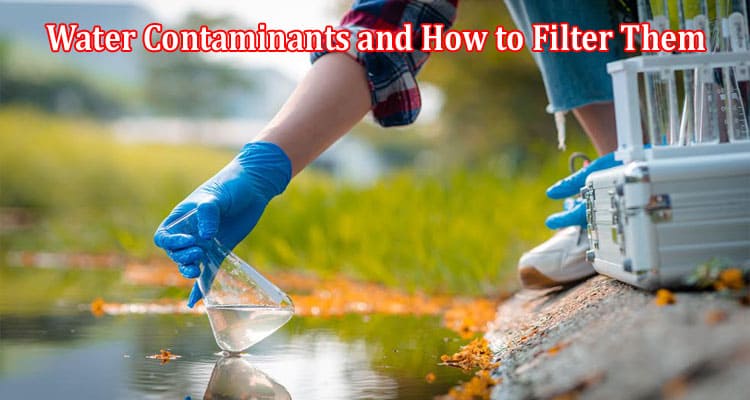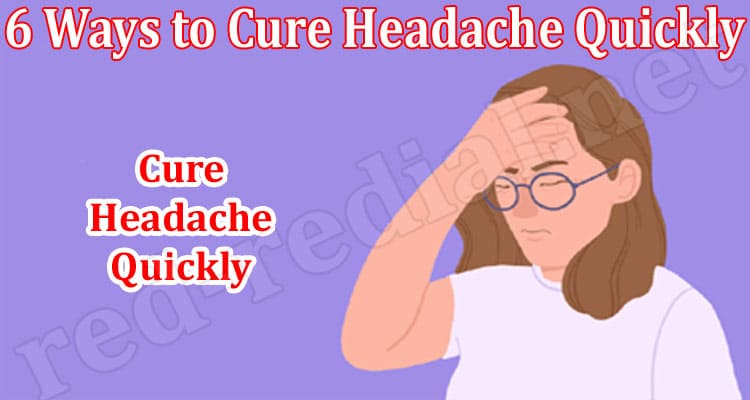Water Contaminants and How to Filter Them
Are you worried about what’s in your drinking water? Throughout history, water contamination and waterborne disease have been among the greatest dangers faced by humankind. Still today, around the globe, billions of people lack access to clean, safe drinking water.
Even if you are fortunate enough to live in a nation with reliable water treatment facilities, however, water still carries risks and dangers. One of the reasons why water is such an effective vector for transmitting contaminants is that water dissolves more substances than any other solvent on Earth, meaning that it scours off trace amounts of most everything it touches, from human and animal waste, to solid rock. If it’s on this planet, sooner or later water will absorb it and transmit it.
Classes of Contaminants
What sorts of contaminants might be in your water? Well, for starters, most water has mineral content in it, from dissolved rock and earth. Many minerals are good for us, even necessary for life, but too much of a good thing can swiftly become a problem, and we certainly don’t want heavy metals like lead, cadmium, or chromium in our drinking water.
Minerals
Some minerals, such as lead, can get into the water in other ways, namely through old lead pipes that are still in use. An estimated 9.4 million lead pipes are still in use in the United States, as of 2023. These don’t normally pose a problem, but when things go wrong, lead can leach into the water, to terrible results. Lead causes severe and irreversible brain and bodily damage, and is especially devastating on young children.
Disinfectants & DBPs
Other contaminants include disinfectants, such as chlorine and chloramines, and various
by-products created by these substances when they interact with organic material in water, such as chloroform and other trihalomethanes.
VOCs
Volatile organic compounds constitute a huge class of natural and synthetic substances. A volatile compound has high vapor pressure, and emits in a process called off-gassing. Some of the most common VOCs in drinking water are trihalomethanes, perchloroethylene, and mTBE, a common gasoline additive.
PFAs
An emerging class of contaminants, PFAs are sometimes called “forever chemicals,” because they do not break down naturally over time. PFAs, which stands for Per- and polyfluoroalkyl substances, have moisture-repellent properties, and are used in everything from non-stick cookware to pizza boxes to cosmetics. It is estimated that roughly half of the tap water in the US is contaminated with some level of PFAs.
How to Filter Your Tap Water
There are many options for home water filtration, and no one system is perfect for everyone. Keep in mind that water quality differs drastically from place to place, and across time; because of this, individual filtration needs differ as well. A good place to start is to determine the current quality of your water. If you are on city water, you can check the most recent annual city water quality report–these are federally mandated reports that are publically available online.
If you are on private well water, you may want to consider having your water professionally lab tested. If your well serves fewer than 15 people, it is likely not regulated or monitored by any government agency. A quick test could protect you and your family, and provide you with much-needed information in choosing a filtration system.
For most people, especially those on city water, a multi-stage reverse osmosis system is a solid option. Affordable, easy to install and maintain, and highly effective against a broad spectrum of contaminants, an RO system that combines sediment and carbon with reverse osmosis offers the advantages of both mechanical and chemical filtration. The RO element will remove nearly all dissolved solids in the water, while the activated carbon reduces VOCs, bad taste and odor, and residual chlorine from disinfection.
If you are on well water, consider looking into an ultraviolet filter, or a home chlorination system, especially if your water tests positive for E. Coli or coliform bacteria. Well water often needs more rigorous treatment than city water, because of the higher risk of microbial contamination.
Stay ahead of contaminants by being educated about them. If you know the risks, you can set up a filtration system that targets the contaminants that are in your water. Power begins with knowledge, and the goal of clean, healthy water is yours to realize.




